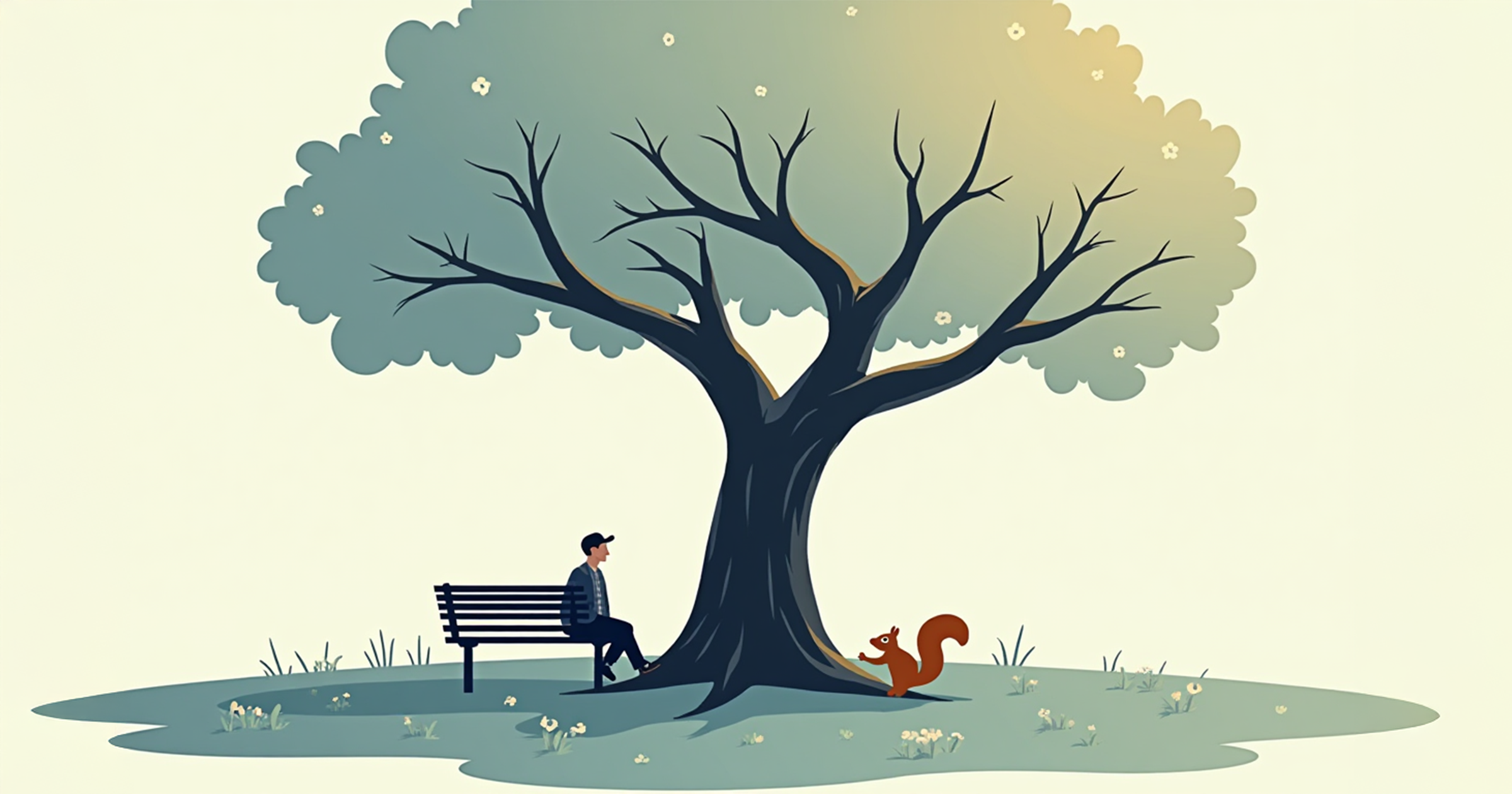


I’ll say it plainly: squirrels are my favorite animal. They’re everywhere and nearly invisible until you decide to see them. Once you do, you notice patterns—how they cache, how they rehearse routes, how they debug a leap before they attempt it. I started treating them like tiny mentors in a gray hoodie, and I swear my craft got better.
It’s not nostalgia; it’s mechanics. Squirrels model a loop I want in my work:
I use that loop to write chapters, tweak LifeOS, and survive “cracking lost” days. The loop is calm. It’s iterative. It’s enough.
Watch a squirrel on a fence line. They favor waypoints—posts, knots, corners—and they keep them close enough that a single miss won’t be fatal. That’s a product roadmap:
In LifeOS, that means thin slices with visible waypoints: a List↔Grid toggle that persists; a metadata row that reads well at narrow widths; a token flow you can reason about on paper.
Drafts are caches. Scenes are branches. I quit trying to “fly” a whole chapter in one go. I build landing spots: a true line, a beat that clicks, a reveal that earns its jump. If I miss, I can grip the last good sentence and try again. Squirrels don’t apologize for taking two hops.
They chase each other, pause, spiral a trunk, vanish, return. That’s not wasted motion; it’s skill rehearsal under joy. Builders forget this. If everything is grim, we hold our breath and ship worse. A little play (a fun commit message, a tiny animation, a clean φ-grid poster) keeps the muscle elastic.
Squirrels stash hundreds of seeds knowing many won’t be found. That’s fine. In creative work, not every note must “pay off.” We overvalue perfect recall and undervalue generous caching. Put the idea where future-you can stumble on it. Let the forest help.
Circles are promises you can keep with your feet. Squirrels keep them daily. I’m learning.
— Rev. Brian Scott O’keefe (randomblink)
“Notice a small life doing a great job; copy the loop.”